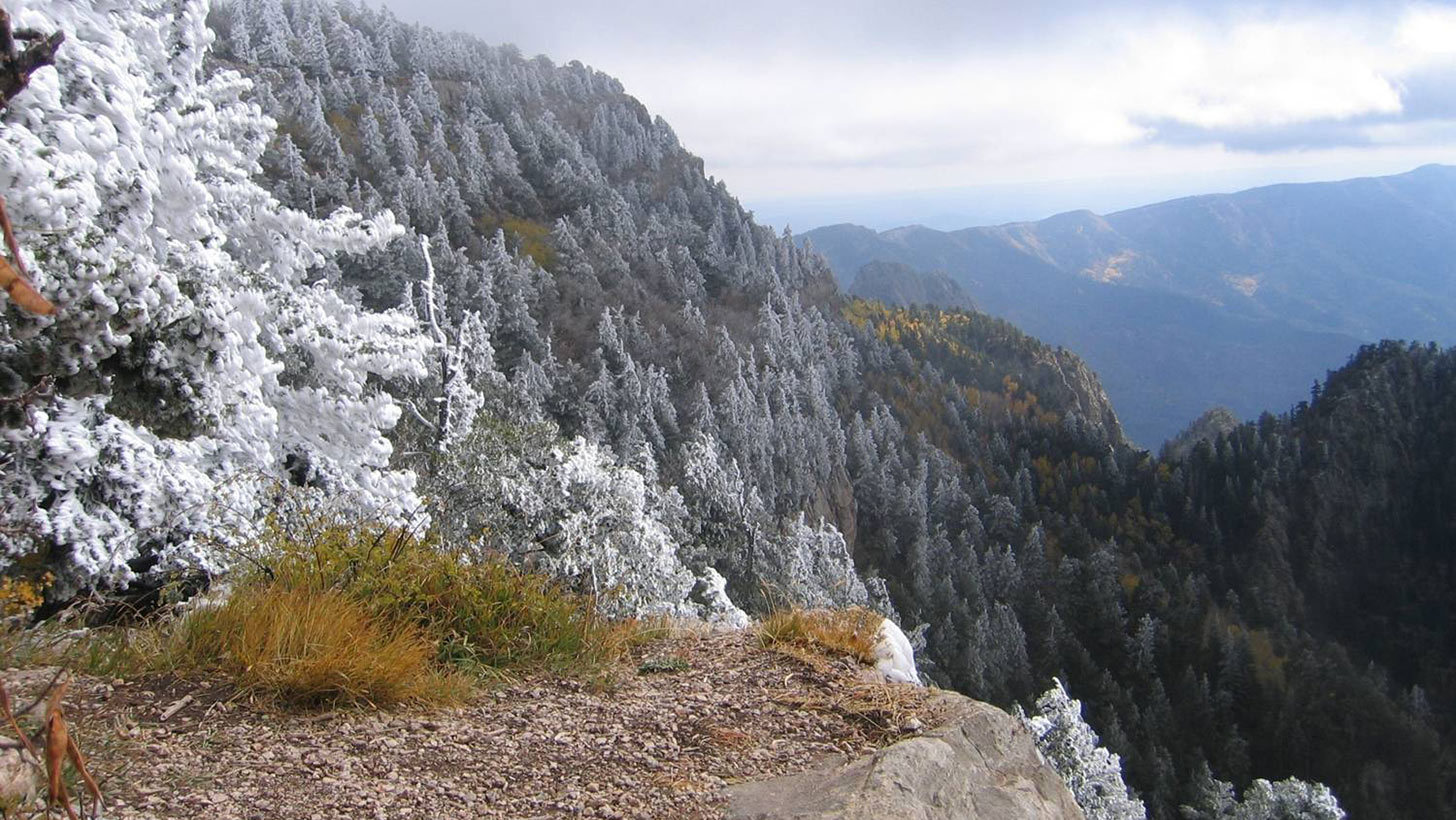New Mexico News: Forest Closures, Fireworks Bans And A Very Hot Planet
Forest Closures, Fireworks Bans And A Very Hot Planet

Latest Article|September 3, 2020|Free
::Making Grown Men Cry Since 1992


